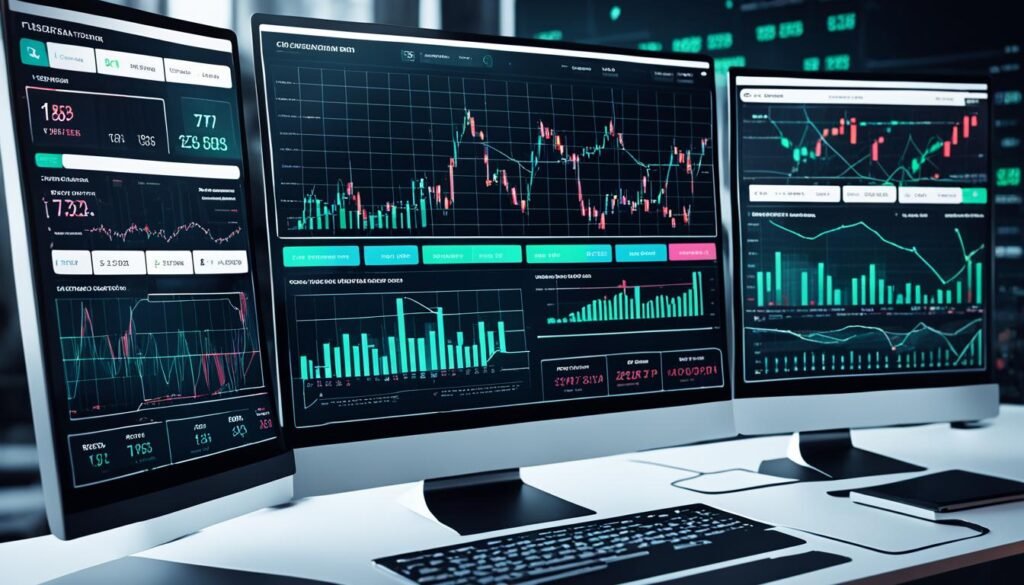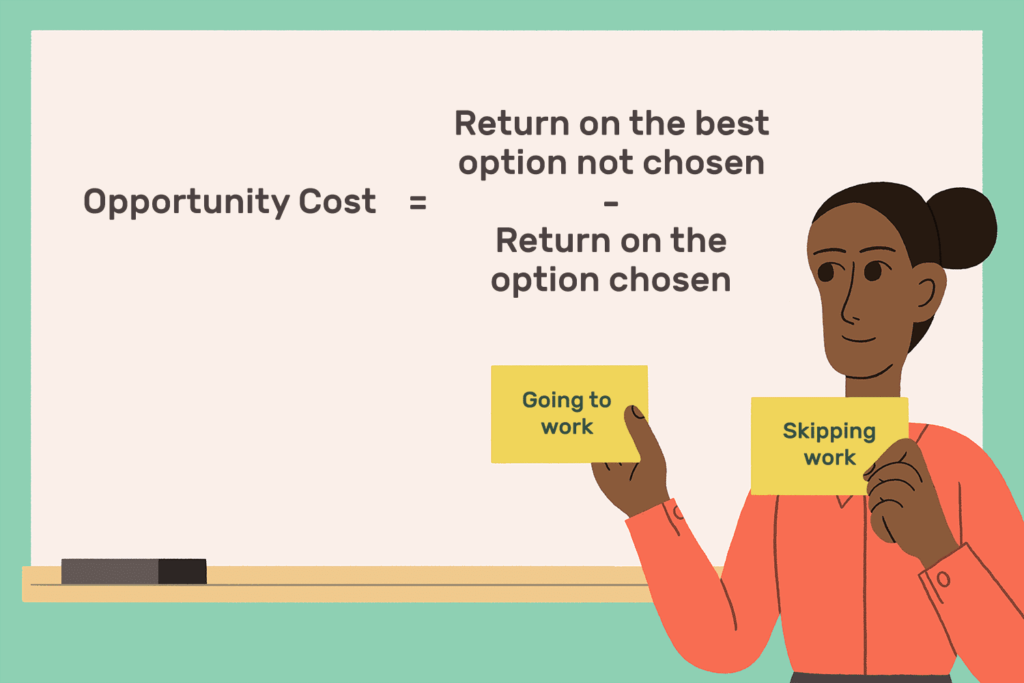In recent years, decentralized finance (DeFi) has taken the financial world by storm. Built on blockchain technology, DeFi removes traditional intermediaries such as banks and brokers, making peer-to-peer financial transactions possible. While most of the buzz has been around cryptocurrencies, forex traders are also starting to feel the impact.
In this article, we’ll explore how DeFi is impacting the forex market, what opportunities and risks it presents, and what traders need to do to stay ahead.
What is Decentralized Finance (DeFi)?
Decentralized Finance (DeFi) refers to financial services that operate on public blockchains, such as Ethereum. It allows users to:
- Trade assets
- Lend and borrow funds
- Earn interest on holdings
- Participate in liquidity pools
All this happens without relying on centralized institutions like banks or traditional forex brokers.
Why Forex Traders Should Pay Attention
1. Decentralized Exchanges (DEXs) for Currency Swaps
DeFi platforms now allow traders to swap fiat-pegged stablecoins (such as USDC, EURS, or GBPX) in a decentralized way, bypassing traditional forex brokers.
🔍 Example: Instead of trading EUR/USD on a forex broker, traders can now exchange EURS for USDC on a DEX like Uniswap or Curve.
2. 24/7 Access and Borderless Trading
Traditional forex markets have fixed trading hours. DeFi platforms, on the other hand, are open 24/7, allowing non-stop trading from anywhere in the world.
This creates opportunities for:
- Arbitrage trading
- Cross-border remittances
- Hedging outside regular market hours
3. New Liquidity Pools and Yield Opportunities
Forex traders can provide liquidity to decentralized trading pools and earn fees or interest.
💡 Tip: This introduces a hybrid role – trader and investor – which allows forex professionals to diversify their income streams.
4. Lower Transaction Costs
Without intermediaries, fees in DeFi can be quite low. This is particularly attractive to high-frequency traders who make many trades per day.
However, gas fees can fluctuate on networks like Ethereum, so timing and choice of platform matter.
5. Risk and Volatility Factors
DeFi comes with its own set of challenges:
- Smart contract risks (bugs or hacks)
- Stablecoin de-pegging
- Regulatory uncertainty
- Lack of centralized customer support
Forex traders used to regulated brokers must carefully assess these risks before diving in.
How Decentralized Finance (DeFi) Works
Through peer-to-peer financial networks, DeFi utilizes security protocols, connectivity, software, and hardware advancements. This system eliminates intermediaries such as banks and other financial service companies. These companies charge businesses and customers fees to use their services, which are necessary in the current system because it is the only way to make it work. DeFi uses blockchain technology to reduce the need for these intermediaries.
Blockchain
The blockchain is a distributed and secure database or ledger. In the blockchain, transactions are recorded in files called blocks and verified through automated processes. If a transaction is verified, the block is closed and encrypted; another block is created with information about the previous block and information about the new transaction.
The blocks are “chained” together through the information in each subsequent block, giving it the name blockchain. The information in the previous block cannot be changed without affecting the following block, so blockchains are generally very secure if their networks are large and fast enough. This concept, along with other security protocols, provides the secure nature of a blockchain.
Applications
DeFi applications are designed to communicate with the blockchain, allowing people to use their money to make purchases, loans, gifts, trades or in any other way they want, without any third parties. These applications are programs installed on a device such as a personal computer, tablet or smartphone that make it easy to use. Without applications, DeFi would still exist, but users must be comfortable and familiar with using the command line or terminal in the operating system running their device.
DeFi applications provide an interface that automates transactions between users by giving them financial options to choose from. For example, if you want to lend money to someone and charge them interest, you can select the options on the interface and enter terms such as interest or collateral. If you need a loan, you can search for providers, which can range from a bank to someone who can lend you some cryptocurrency after agreeing on the terms.
Some apps let you enter parameters for the services you are looking for and match you with another user. Since blockchain is a global network, you can give or receive financial services from anywhere in the world.
DeFi vs Traditional Forex: A Quick Comparison
| Feature | DeFi Forex | Traditional Forex |
| Intermediary | None (peer-to-peer) | Brokers, Banks |
| Access | 24/7 Global | Weekdays, Limited Hours |
| Regulation | Limited or None | Heavily Regulated |
| Costs | Lower, variable gas fees | Broker fees, spreads |
| Risk | Smart contract, market | Broker reliability, leverage |
How to Get Started
- Learn the Basics of Blockchain & DeFi
Understand how Ethereum, smart contracts, and liquidity pools work. - Use a Reputable Wallet
Try MetaMask, Trust Wallet, or Coinbase Wallet to access DeFi platforms. - Choose Stablecoins Wisely
Stick to widely adopted ones like USDC or DAI for forex-related trades.
- Experiment With Small Amounts
Start small while you learn about slippage, gas fees, and order execution. - Monitor Regulatory Updates
DeFi regulation is evolving. Stay informed to avoid legal or financial trouble.
The Bottom Line
DeFi isn’t just a buzzword—it’s a growing ecosystem that Forex traders can’t afford to ignore. From decentralized trading to liquidity farming, DeFi opens new doors for profit, diversification, and innovation. But it also requires caution, research, and adaptability.
As the lines between traditional Forex and decentralized finance continue to blur, the traders who adapt early will be best positioned for the future of global currency trading.
Source: https://www.investopedia.com/



